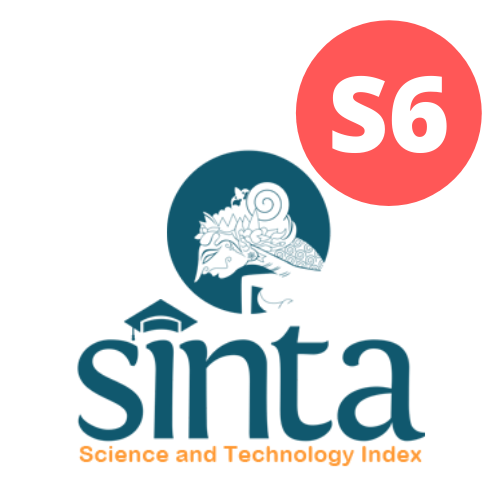FACTORS INFLUENCING ANEMIA IN ADOLESCENTS AT SMK 45 LEMBANG
Abstract
The iron nutritional anemia rate in Indonesia is 72,3%. Iron deficiency in adolescents causes paleness, weakness, fatigue, dizziness, and decreased concentration in learning. Data from the 2012 Household Health Survey (SKRT) states that the prevalence of anemia in children under five is 40,5%, pregnant women is 50,5%, postpartum mothers are 45,2%, young women aged 10-18 years are 57,1%. and age 19-45 years by 39,5%. Women have the highest risk of developing anemia, especially in adolescent girls. The purpose of this study was to determine the factors that influence the incidence of anemia in adolescents. The research method used is descriptive. This research uses a cross sectional approach. The samples were 101 young women. The results: Most of the young women have good knowledge as many as 75 people (74,3%), Most of the young women have a positive attitude that is as many as 61 people (60,4%), Most of the young women have HB levels not anemic as much as 40 respondents (39,6%), a small proportion of adolescent girls have a pattern of long menstrual periods as many as 13 respondents (12,9%) and a small proportion of adolescent girls have an overweight/fat nutritional status as many as 7 respondents (7%). Suggestion: for young women at SMK 45 Lembang in order to increase knowledge about anemia both from library books, internet and other media.










